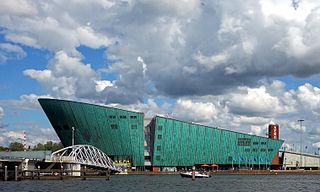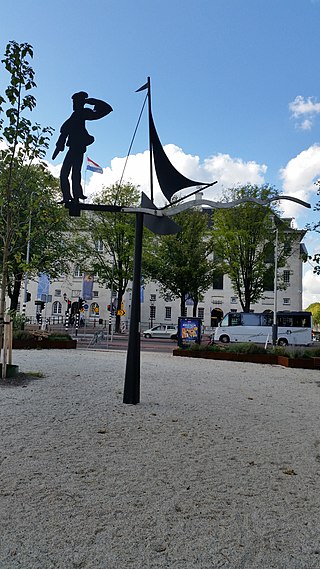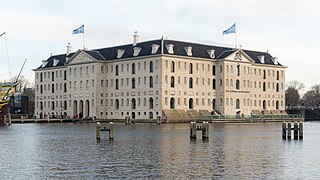Self-guided Sightseeing Tour #2 in Amsterdam, Netherlands
Legend
Guided Free Walking Tours
Book free guided walking tours in Amsterdam.
Guided Sightseeing Tours
Book guided sightseeing tours and activities in Amsterdam.
Tour Facts
1 km
13 m
Experience Amsterdam in Netherlands in a whole new way with our free self-guided sightseeing tour. This site not only offers you practical information and insider tips, but also a rich variety of activities and sights you shouldn't miss. Whether you love art and culture, want to explore historical sites or simply want to experience the vibrant atmosphere of a lively city - you'll find everything you need for your personal adventure here.
Activities in AmsterdamIndividual Sights in AmsterdamSight 1: Nemo
NEMO Science Museum is a science centre in Amsterdam, Netherlands. It is located in the Oosterdokseiland neighbourhood in the Amsterdam-Centrum borough, situated between the Oosterdokseiland and the Kattenburg. The museum has its origins in 1923, and is housed in a building designed by Renzo Piano since 1997. It contains five floors of hands-on science exhibitions and is the largest science center in the Netherlands. It attracts around 728,000 visitors annually, which makes it the seventh most visited museum in the Netherlands.
Sight 2: Arcam
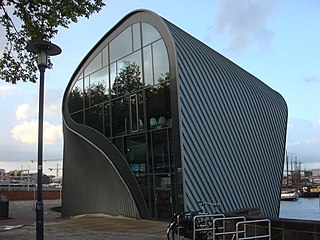
Amsterdam Centre for Architecture (Arcam) is an organisation that was founded in 1986 that "concentrates its activities in Amsterdam and the surrounding area." Arcam focuses on architecture, urban design, and landscape architecture. Arcam is the oldest and largest of more than forty local Dutch architecture centers.
Sight 3: The sailing man
The sailing man is a work of art in Amsterdam-Centrum.
Sight 4: The National Maritime Museum
The Maritime Museum is a maritime museum in Amsterdam in the Netherlands.
Sight 5: Amsterdam
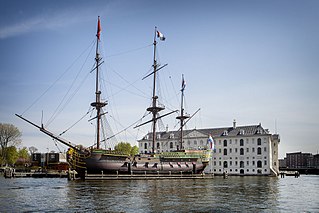
The Amsterdam from 1990 is a replica of the mirror return ship of the same name of the Dutch East India Company (VOC). When interest in the history of the VOC and its role in the history of the Netherlands increased at the end of the 20th century, plans arose to recreate VOC ships. One of those ships is the Amsterdam. Between 1982 and 1990, a replica of this was built from iroko wood by 400 volunteers of the Stichting Amsterdam Bouwen Oostindiëvaarder (SABO). This replica has been moored since 1990 at the jetty of the National Maritime Museum in Amsterdam, the former 's Lands Zeemagazijn.
Share
How likely are you to recommend us?
Disclaimer Please be aware of your surroundings and do not enter private property. We are not liable for any damages that occur during the tours.
GPX-Download For navigation apps and GPS devices you can download the tour as a GPX file.
